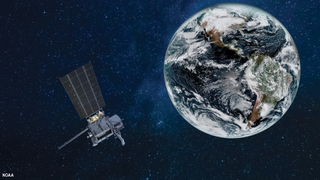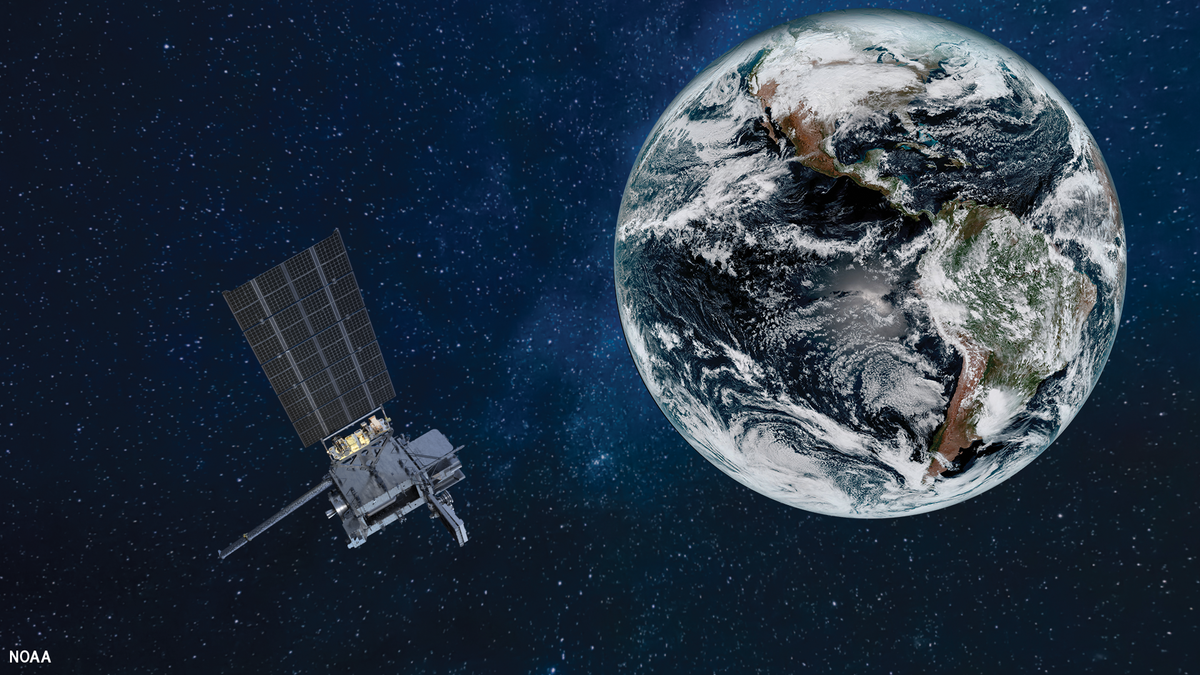
NASA's Invitation to Public for NOAA GOES-U Launch Virtual Experience
The National Aeronautics and Space Administration (NASA) is inviting the public to participate in virtual activities leading up to the launch of NOAA's Geostationary Operational Environmental Satellite-U (GOES-U) on June 25, 2024. The satellite will be launched aboard a SpaceX Falcon Heavy rocket from Launch Complex 39A at Kennedy Space Center in Florida.
Virtual Guest Program
Members of the public can register to attend the launch virtually as a NASA virtual guest. As a virtual guest, you will have access to curated resources, schedule changes, and mission-specific information delivered straight to your inbox. Following each activity, virtual guests will receive a commemorative stamp for their virtual guest passport.
Improved Weather Forecasting and Warning Capabilities
GOES-U is the fourth and final satellite in NOAA's GOES-R Series. It will enhance meteorologists' ability to provide advanced weather forecasting and warning capabilities. The satellite also improves the detection and monitoring of space weather hazards using a new compact coronagraph instrument.
Best Spots to View the Launch in Florida
The Treasure Coast area, including Sebastian, Vero Beach, Fort Pierce, offers potential viewing opportunities for the Falcon Heavy rocket launch. Some recommended spots include Sebastian Inlet Park, Wabasso Beach Park, Ambersands Beach Park, South Beach Park in Vero Beach and Alma Lee Loy Bridge and Fort Pierce Inlet.
Impact on Space Weather Forecasting
GOES-U will complete the GOES-R weather satellite constellation. It brings a bigger focus on space weather events that could impact our planet. The new sensor on board, the Compact Coronagraph (CCOR), will monitor weather outside of Earth's atmosphere.
The GOES-R series has been a game changer in forecasting severe thunderstorms, heavy rain events that could trigger flooding, low clouds and fog formation, and significant improvements to forecasts and services used during hurricane season.


